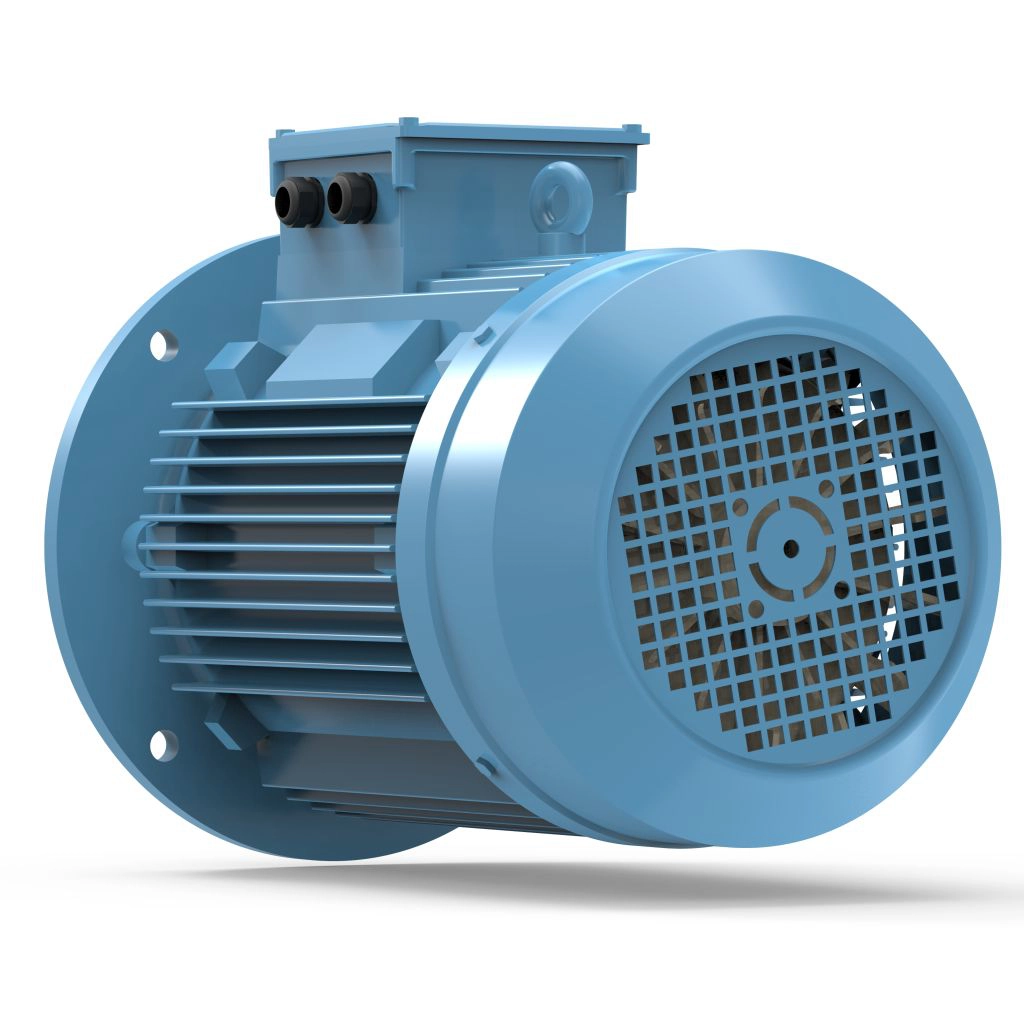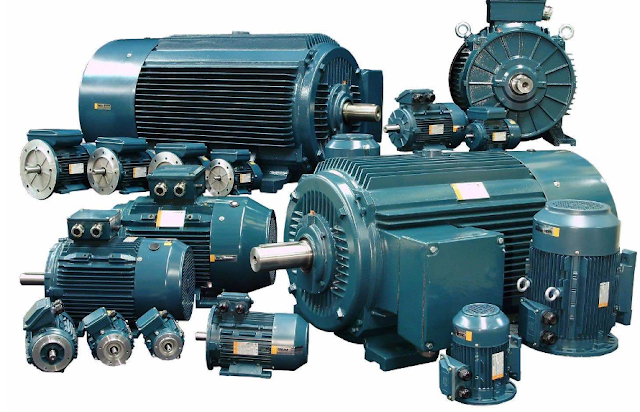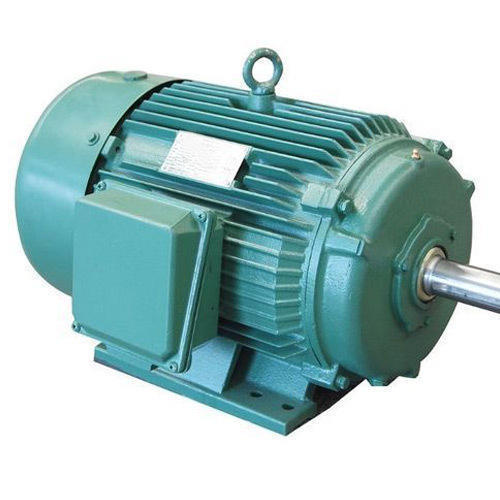Product Description
| Frequency | 50Hz/60Hz |
| Motor Type | AC Motor |
| Rotation | Cw/Ccw |
| Inspection | Full Inspection |
Please click this text for more product information. Thank you!
1.
Location
Kexionda Electric Machinery Manufacturing Co., Ltd. (KXD) was established in 1998 and is located in the hinterland of the Pearl River CHINAMFG in South China. It is a professional enterprise that develops and produces micromotors. It now has a factory area of more than 10,000 square meters, more than 200 employees, and an annual output of 5 million motors. It mainly produces single-phase series motors (universal motors) and permanent magnet-brushed DC motors. The products are suitable for household appliances, commercial appliances, and electric equipment, such as mixers, egg beaters, meat grinders, meat mincers, ice crushers, paper shredders, bean grinders, soy milk machines, cooking machines, cloth machines, laboratory homogenizer and a series of electric products.
2.
"integrity and pragmatism"
Since its establishment, KXD has continued to innovate and win the market with integrity. The company comprehensively implements modern management, conducts production and sales based on the principle of benefiting customers, produces key parts of products by itself, continuously introduces automated production equipment, takes "quality and service" as its life, "integrity and pragmatism" as its foundation, and through its Design, production, and management are integrated to meet customer delivery deadlines to the greatest extent, effectively control product quality and reduce costs.
3.
Production standards
KXD strictly implements national standards during the production process, establishes and maintains the effective operation of the quality management system, and all products have 100% passed domestic CCC certification. All export products comply with Rohs and can pass EMC, UL, CE, VDE, and other certification requirements.
4.
Customer - first
At present, our company has dedicated project personnel to track product development, production, and after-sales service throughout the entire process, and is committed to providing customers with high-quality product solutions.
Q1: Are you a trading company or manufacturer?
A1: We are a manufacturer located in HangZhou, GUANXIHU (WEST LAKE) DIS., CHINA.
Q2: Do you provide a sample? Is it free or extra?
A2: Sample can be on request and not for free
Q3: Do you provide OEM design?
A3: OEM motor/cartons/gift box/label are available
please feel free to send us your motor drawing and other information we could supply
some designed drawings for optional.
Q4: What is your lead time?
A4: "-It depends on the order quantity and the season you place the order. -Usually, we can ship within 15-20 days for regular orders and about 30 days for customized orders"
Q5: What is your payment term?
A5: Payment Term: T/T(30% deposit 70% balance payment against B/L copy) or L/C at sight. This is negotiable.
/* January 22, 2571 19:08:37 */!function(){function s(e,r){var a,o={};try{e&&e.split(",").forEach(function(e,t){e&&(a=e.match(/(.*?):(.*)$/))&&1
| Application: | Automation Equipment |
|---|---|
| Operating Speed: | Adjust Speed |
| Power Source: | AC Motor |
| Function: | Control, Driving |
| Casing Protection: | Open Type |
| Number of Poles: | 2 |
| Samples: |
US$ 18.99/Piece
1 Piece(Min.Order) | |
|---|
| Customization: |
Available
|
|
|---|

Can you explain the advantages of using a 3-phase motor?
Using a 3-phase motor offers several advantages over other types of motors. Here's a detailed explanation of the advantages of using a 3-phase motor:
- High Efficiency: 3-phase motors are known for their high efficiency. They can convert electrical energy into mechanical energy with minimal losses. The balanced three-phase power supply and the design of the motor result in a smoother and more efficient operation compared to single-phase motors.
- Power Factor: 3-phase motors have a better power factor compared to single-phase motors. Power factor is a measure of how effectively the motor utilizes the electrical power. By having a higher power factor, 3-phase motors reduce the amount of reactive power required from the power supply, resulting in improved overall power system efficiency.
- High Starting Torque: 3-phase motors can provide high starting torque, making them suitable for applications that require the motor to start under load. The three-phase power supply and the design of the motor enable it to produce a strong rotating magnetic field, which allows for efficient starting and acceleration of the motor's rotor.
- Smooth Operation: The rotating magnetic field produced by the three-phase power supply results in smooth and continuous operation of the motor. This characteristic makes 3-phase motors ideal for applications that require constant and reliable operation, such as industrial machinery, pumps, compressors, and HVAC systems.
- Compact Size and Weight: 3-phase motors tend to be more compact and lightweight compared to equivalent power single-phase motors. This compactness is due to the even distribution of the windings around the stator and the absence of additional starting components often required in single-phase motors.
- Higher Power Output: 3-phase motors can deliver higher power output compared to single-phase motors of similar size. The balanced three-phase power supply and the design of the motor allow for efficient utilization of electrical power, enabling the motor to provide greater mechanical power output.
- Lower Maintenance: 3-phase motors generally require lower maintenance compared to other types of motors. The balanced three-phase power supply and the absence of starting components, such as capacitors or centrifugal switches, reduce wear and tear, resulting in longer motor life and reduced maintenance requirements.
- Wide Availability and Standardization: 3-phase motors are widely available and standardized, making them easily accessible for various applications. They are manufactured in a wide range of sizes and power ratings, allowing for flexibility in selecting the appropriate motor for specific requirements.
Overall, the advantages of using a 3-phase motor include high efficiency, better power factor, high starting torque, smooth operation, compact size and weight, higher power output, lower maintenance requirements, and wide availability. These advantages make 3-phase motors suitable for a wide range of applications in industrial, commercial, and residential settings.

What factors should be considered when selecting a 3-phase motor for an application?
When selecting a 3-phase motor for a specific application, several factors need to be considered to ensure optimal performance and compatibility. Here's a detailed explanation of the key factors to consider:
- Power Requirements: The power requirements of the application should be carefully evaluated. Determine the required horsepower (HP) or kilowatt (kW) rating of the motor based on the load characteristics, such as the torque and speed requirements. Consider both the continuous power requirements and any intermittent or peak power demands that the motor may experience during operation.
- Voltage and Frequency: Verify the available voltage and frequency of the power supply in the application. Ensure that the motor's voltage and frequency ratings match the power supply to ensure compatibility and safe operation. Common voltage ratings for 3-phase motors include 208V, 230V, 460V, and 575V, while frequencies are typically 50Hz or 60Hz.
- Motor Speed: Determine the required speed of the motor for the application. Depending on the specific requirements, you may need a motor with a fixed speed, multiple speed options, or variable speed capabilities. Consider the motor's synchronous speed, which is determined by the number of poles and the power supply frequency, and ensure it aligns with the desired operating speed.
- Motor Enclosure: The motor enclosure should be selected based on the environmental conditions in which the motor will operate. Consider factors such as temperature, humidity, dust, corrosive substances, and the presence of flammable or explosive materials. Common motor enclosures include open drip-proof (ODP), totally enclosed fan-cooled (TEFC), and explosion-proof enclosures.
- Efficiency: Energy efficiency is an important consideration to minimize operating costs and environmental impact. Look for motors that meet or exceed applicable efficiency standards, such as the NEMA Premium efficiency standards in the United States or the IE efficiency classes defined by the International Electrotechnical Commission (IEC).
- Motor Size and Mounting: Consider the physical size and mounting requirements of the motor, ensuring it fits within the available space and can be securely mounted. Check the motor's frame size, which indicates the physical dimensions and mounting compatibility, such as NEMA frame sizes in the United States or IEC frame sizes internationally.
- Starting Method: Evaluate the starting requirements of the application. Depending on the load characteristics and the power supply capacity, you may need a motor with specific starting methods, such as direct-on-line (DOL) starting, reduced voltage starting (e.g., star-delta or autotransformer starting), or electronic soft starters. Consider the starting torque and current requirements to ensure successful motor startup.
- Overload Protection: Determine the type of overload protection required for the motor. Overload protection devices, such as thermal overload relays or electronic motor protection relays, help prevent motor damage due to excessive heat or current overload. Select an appropriate overload protection device based on the motor's power rating and the specific application requirements.
- Reliability and Serviceability: Consider the reliability and serviceability aspects of the motor. Look for motors from reputable manufacturers with a track record of producing reliable products. Evaluate the availability of spare parts, technical support, and service centers for maintenance and repairs. Additionally, consider factors such as motor lifespan, bearing design, and ease of access for maintenance tasks.
- Compliance and Certifications: Ensure that the selected motor complies with relevant industry standards and certifications, such as NEMA, IEC, UL (Underwriters Laboratories), CSA (Canadian Standards Association), or specific industry requirements. Compliance with these standards ensures that the motor meets safety, performance, and quality standards.
Considering these factors when selecting a 3-phase motor helps ensure that the motor is well-suited for the application, delivers optimal performance, and operates reliably and efficiently over its lifespan.

How does a 3-phase motor ensure consistent and reliable performance in machinery?
A 3-phase motor is designed to ensure consistent and reliable performance in machinery. Here's a detailed explanation of how it achieves this:
- Rotating Magnetic Field:
- A 3-phase motor operates by creating a rotating magnetic field in its stator. This rotating magnetic field induces a current in the rotor, causing it to rotate.
- The design of the 3-phase motor, with three separate windings spaced 120 degrees apart, ensures a smooth and continuous rotation of the magnetic field. This results in a consistent and reliable rotation of the motor's rotor.
- Power Distribution:
- 3-phase motors are typically connected to a 3-phase power supply. The three phases of the power supply provide a balanced and continuous flow of electrical power to the motor.
- This balanced distribution of power across the three phases helps maintain a consistent and steady supply of electrical energy to the motor. It ensures that the motor receives a continuous and reliable power source, minimizing fluctuations and interruptions in performance.
- Higher Efficiency:
- Compared to single-phase motors, 3-phase motors are known for their higher efficiency and smoother operation. The balanced three-phase power supply and the rotating magnetic field contribute to this superior performance.
- The balanced power distribution reduces power losses and minimizes voltage drops, resulting in improved energy efficiency. Additionally, the rotating magnetic field provides a more uniform torque output, reducing vibrations and ensuring smoother operation.
- Robust Construction:
- 3-phase motors are constructed to withstand the demanding conditions often encountered in industrial machinery.
- Their robust design, including sturdy frames, high-quality materials, and effective cooling mechanisms, enhances their durability and reliability. This allows 3-phase motors to consistently deliver reliable performance, even in challenging environments.
- Motor Protection:
- To ensure reliable performance, 3-phase motors are equipped with various protective features.
- These may include thermal overload protection, which safeguards the motor against excessive heat by monitoring the motor's temperature and tripping a protective device if it exceeds a safe threshold.
- Other protective features may include voltage and current monitoring, short circuit protection, and phase failure protection. These mechanisms help prevent damage to the motor and ensure its consistent and reliable operation.
Overall, a 3-phase motor ensures consistent and reliable performance in machinery through its design characteristics, balanced power distribution, higher efficiency, robust construction, and built-in protective features. These elements work together to deliver smooth operation, minimal interruptions, and long-term reliability, making 3-phase motors a preferred choice for a wide range of industrial applications.


editor by CX 2024-05-02